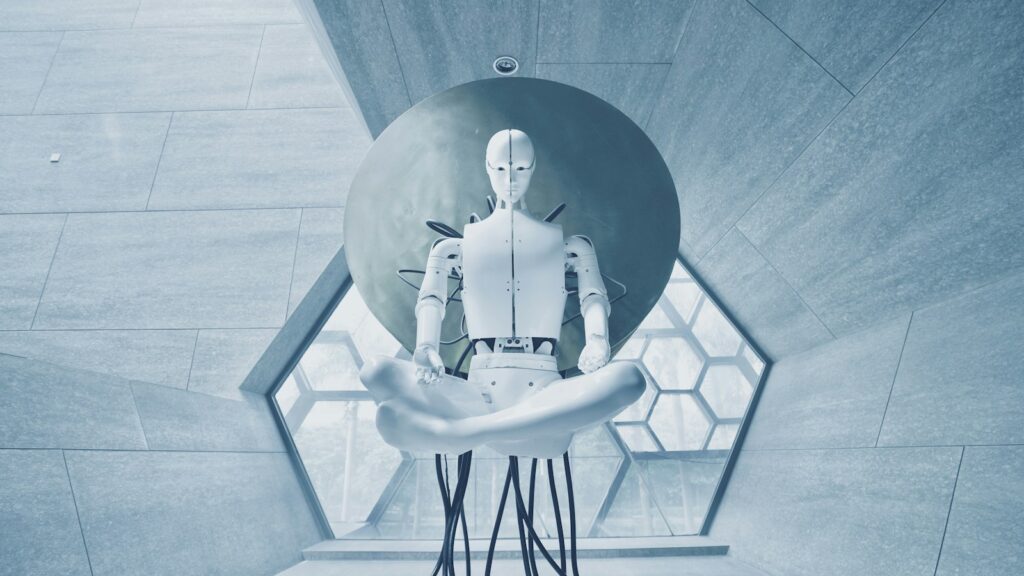Unlocking and nurturing your workplace genius

We rely on geniuses for their innovative ideas, to solve complex problems and to inspire and invigorate with fresh perspectives and knowledge. So how can we unlock and support the potential of our geniuses in the workplace?
Is it weak to focus on strengths? Is it strong to examine weakness?

While coaching practices vary, there is a trend towards developing strengths. But it’s important to balance strengths and weaknesses. Here are some practical considerations to empower individuals to reach their full potential.
How your childhood affects your leadership skills

Did you know that early childhood experiences can shape the leaders we become? Leadership expert and consultant Nik Kinley and IMD Business School Professor Shlomo Ben-Hur explain how our understanding of this can help optimise performance under pressure.
Wimbledon’s mental game: What L&D can learn from the centre court

As Wimbledon unfolds, Ang Brennan, Head of Learning and Talent at Insights, draws powerful parallels between elite tennis and the modern workplace. In this piece, she reveals what L&D leaders can learn from the mental game of centre court – from building resilience and emotional intelligence to reframing pressure and embedding reflection.
Nine tips for securing the learning investment you need

Learning and development is an important investment for organisations. Here are nine tips for creating a robust learning investment strategy to drive forward organisational success.
Four accountability traps and how managers can avoid them

Lack of accountability among team members can be frustrating for leaders and damaging for organisations. Dani Bacon and Garin Rouch explore common traps that undermine accountability and provide practical tips to avoid them.
Learning outcomes and objectives: The foundations for L&D success

Struggling to prove the impact of your learning programmes? Learning expert Jackie Clifford cuts through the confusion between outcomes and objectives – and shows you how to use both to create focused, effective interventions that deliver real results.
How ‘colleague AI’ can help L&D on assessments, skills and metrics

Meet your new digital team mate, AI, who has come on board to help you tackle your knottiest L&D problems. We’re not far off from this reality, says Lior Locher and Liz Naylor, senior learning consultants at NIIT. Here, they outline three emerging AI capabilities to watch and explore.
Your guide to adopting a learning transfer mindset

Successful learning transfer depends on a mindset that permeates the entire learning programme – from design through delivery to the end game. Here, Paul Matthews, CEO of People Alchemy, shares a helpful guide to developing this learning transfer mindset that achieves business outcomes.
10 ways L&D perfectionists can avoid self-sabotage

L&D professionals need to remember that being ‘good enough’ is good enough.
The business impact of L&D: How to prove your value to senior leaders

The business impact of L&D is no longer a topic for debate – it’s a priority for senior leaders across industries. With pressure mounting to show ROI, Aisling MacNamara of LearnUpon shares actionable insights on how to bridge the gap between learning initiatives and measurable business outcomes.
Your six-step L&D guide to delivering impact and value

To make a genuine business impact, L&D teams must look beyond much-loved vanity metrics and assess behaviour changes required to support the organisation-wide strategy. Here, L&D expert Robin Hoyle offers a six-step guide on how to do just this.
How AI helps learning professionals push into untapped spaces

AI finally allows us to push into spaces we kept talking about in learning and development but couldn’t quite do yet. Here, Lior Locher and Liz Naylor, senior learning consultants at NIIT, outline the role of AI in better performance support, simpler operations and personalisation at scale.
How L&D can make an impact during times of financial strain

Even the smallest L&D teams can make a difference by thinking about and approaching their work differently. Significant benefits can be reaped from adopting a more strategic approach to what we spend our time on and how it impacts the business.
Boundaryless performance in an AI world: Real-world examples, challenges and future implications

Artificial intelligence has introduced a new era of boundaryless performance. But what does this look like in practice? And what challenges remain? AI strategist Dr. Markus Bernhardt and L&D expert Teresa Rose share real-world use cases and realities.
From workflow learning to boundaryless performance: How AI is transforming work

AI advancements have made workflow learning a thing of the past. In the first installment of this two-part series, L&D experts Teresa Rose & Dr. Markus Bernhardt introduce boundaryless performance and its potential to transform the way we work.
Is learning transfer a nice-sounding buzzword or a clear expectation?

Is learning transfer a nice-sounding buzzword or a clear expectation from your organisation? Melanie Martinelli, CEO of the Institute for Transfer Effectiveness, shares the signals (both conscious and unconscious) that suggest to trainees you value their attendance more than their application.
Untangling wicked problems: Build connectivity, resilience and trust in organisations

How can you enable employees to solve your organisation’s wicked problems? It requires the power trio of connectivity, resilience and trust, says L&D expert Nigel Paine.
Applying Tuckman’s team development model

Learn actionable strategies for supporting each stage of Tuckman’s team development life cycle – forming, storming, norming, and performing.
Reflections on the 2025 World of Learning Summit

Having rested his weary feet following the World of Learning Summit 2025, Chair Robin Hoyle is now ready to share three important reflections from the event.




